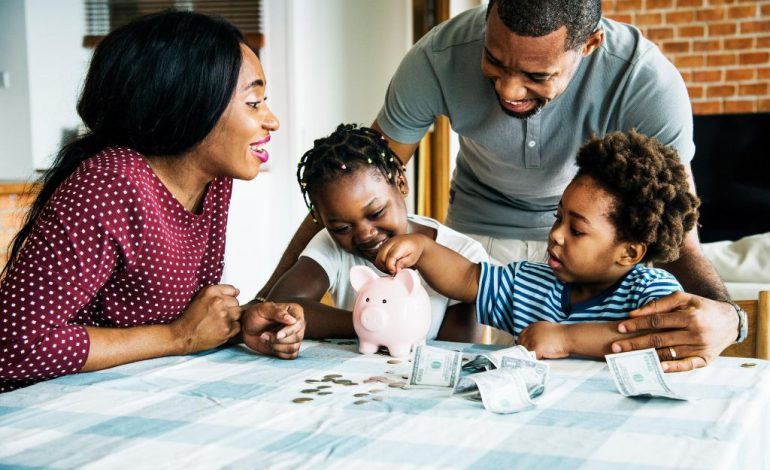How to teach your child the value of money

It is advisable to teach children from a young age as soon as they begin to understand the true value of money. The lesson they are to learn is in the power of purchasing quality goods and services.
Parents can make this a teaching technique not only for money matters but for building character as well. Besides, children can learn to appreciate what they have and to share with others. Here are a few ideas to get you started.
Earning, saving and spending
forbes.com
Having a conversation about money with kids is the first step. This will allow them to ask any questions that they may have and you can explain everything in a simple way.
You can make the lesson practical by giving them a very simple chore to do and giving them a stipend. For example, putting dirty clothes in the laundry basket instead of leaving them on the floor. This may work for kids between the age of 6-10.
Also ensure, this will teach them the importance of saving and how to spend money responsibly. It is also a good idea to help your child get a savings account. This will teach them to spend money responsibly and save money without being mean to themselves.
purewow.com
Games
sweetyhigh.com
Some parents might find it better to teach their children this lesson through games such as Monopoly or toys that mimic involve grocery shopping. This is more practical when it comes to spending money.
You can also take your children with you when going grocery shopping. This will help them see the lessons you have been teaching them in action. they get to see the sense in getting quality goods and services.
Model good financial behaviour
garlicdelight.com
Children learn by watching. Therefore, being a good role model when it comes to finances can help them stay on the right path. As they watch you write down your shopping list or plan a vacation trip, they will see how you only go for the best but still stay within a budget.
Other decisions like not wasting food and avoiding unnecessary purchases is also another way of showing modelling good financial behaviour.
Bonus tip…
This process needs patience and a lot of repetition especially for the younger children, they might not get it on the first try or they might keep forgetting the plan.
Making a chart in their room with all the savings plans and goals might work better with young children. Some need visual aids to make the plan more realistic, and that is fine, turn it into another fun bonding activity to do together.



